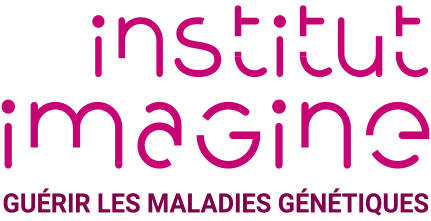Presentation
Maud De Dieuleveult, Chargée de Recherche
The regulation of genetic information is an essential mechanism for the survival of an organism. I have dedicated my research work to the study of the molecular mechanisms that govern genetic expression and the establishment of the epigenome in a healthy and pathological context, and more particularly now in the context of rare diseases.
Mini CV :
Since 2021 : Permanent researcher INSERM
2020-2021 : Project Manager Nomenclature maladies Rare, Banque Nationale des Données Maladies Rares, APHP, Paris BNDMR
2015-2020 : Post-doc @UMR7216 Epigenetics and cell fate and @Institut Cochin, Paris
2011-2014 : Post-doc @ULB, Free University of Brussels, Belgium
2006-2010 : Thesis, CEA Saclay, Gif-sur-Yvette PhD
Research projects :
- Epigenetics and growth disorders: A better epigenomic description and molecular understanding of rare growth pathologies to improve diagnosis for patients.
- iPS and rare diseases: A new dynamic tool to better understand the molecular mechanisms involved during the development of a rare growth pathology.
- Autoantibodies and autoimmune diseases: Use of existing data to improve the description and understanding of autoimmune diseases and associated clinical signs (MAKAAO Project: MApping elements of Knowledge about Autoimmune disease, Auto antibodies and other clinical signs).
Keywords :
Epigenetics, pluripotent stem cells, rare diseases, epigenomics, diagnosis, ChIP-seq, EPIC array, iPS cells.
Useful links :

